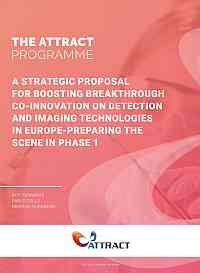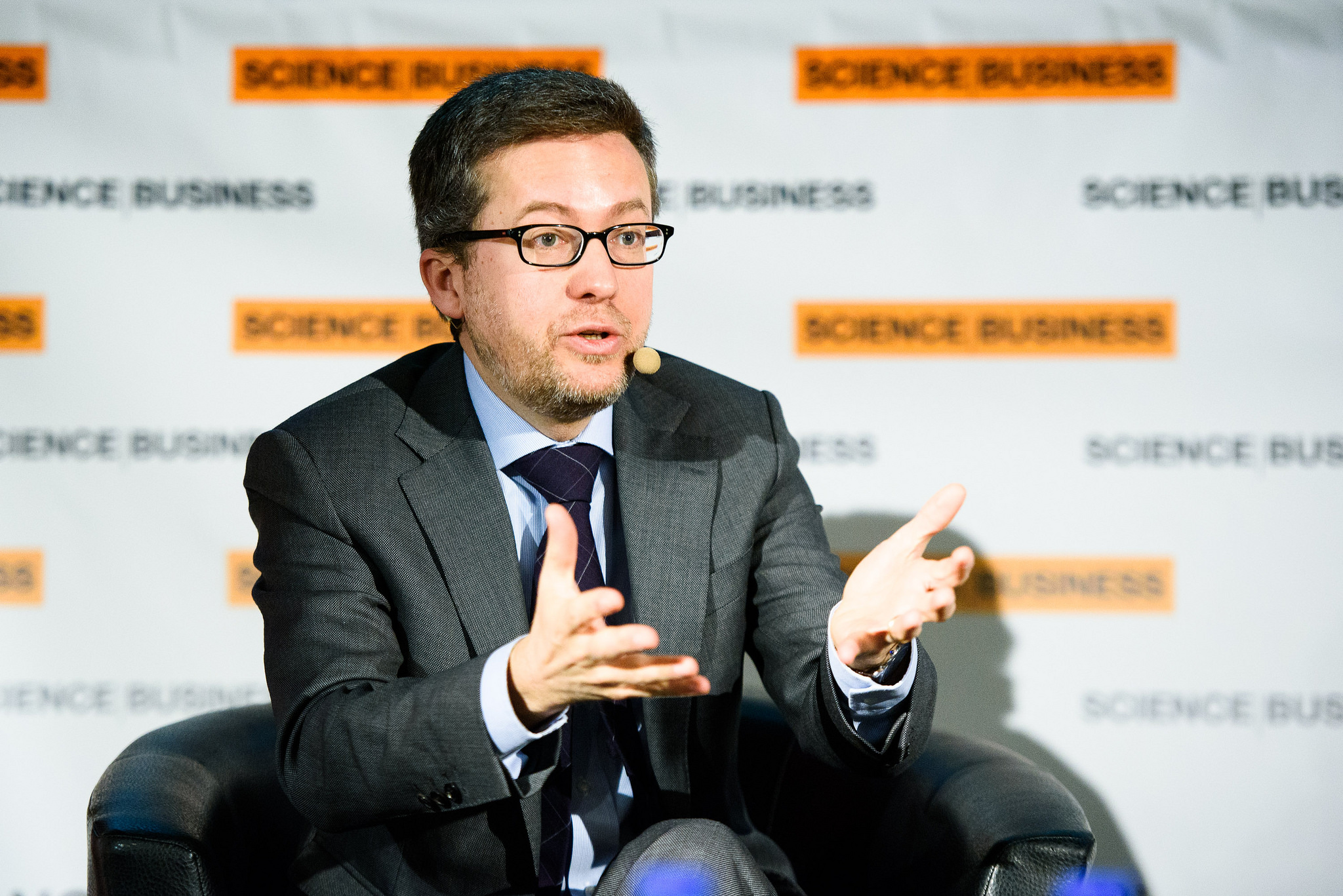
Illustration taken from: IdeonOpen
For an SME, the statistics on getting European public funding are not that great. One of the ways for the European Commission to increase interest and participation of SMEs has been the creation of a special ‘SME Instrument’ within the overall H2020 framework programme. Only SMEs need apply! The question I am raising here is: does Europe’s economy get maximum benefit from this programme, or is the Commission missing a vital element?!
Apart from the many hours that go into writing a credible funding proposal and completing the forms in a programme like the H2020 SME-Instrument, the competition itself during the evaluation of proposals is fierce. The SME Instrument is divided into 3 sections: in ‘Phase-1’ the (starting) SME requests funding for the development of a business plan toward the actual technical development of a product or service. ‘Phase 2’ proposals relate to the actual research and technical development of a product/service up to the level where it is almost ready for market introduction. ‘Phase 3’ (commercial introduction through special loans) is not really in full operation yet.
Before I come to my point, here are some numbers: in its first year of operation (June 2014-March 2015), a total of 8542 funding proposals were submitted under ‘Phase 1’. Roughly 8.6% made it to funding. To be more precise: of the 8542 proposals, only 874 came ‘above threshold’, meaning that they met the minimum quality-level to be considered for funding. Of those, 2/3 were then ranked high enough for the EC to offer them the money (stats were presented by the European Commission during the March 24 ScienceBusiness conference on the success of the H2020 programme).
For ‘Phase 2’, the number of proposals submitted was relatively low. Most likely reason is that the scheme is still new and not many companies sufficiently understood the structure in which projects needed to be framed. A total of 1823 proposals were submitted of which 312 were ‘above threshold’. 134 of those were offered the grant, so about 43%.
So what’s the issue? Consider this: out of the 874 projects ‘Phase 1’ proposals that were considered to have an excellent business idea for which there is a real market and the pathway from idea to product is well defined, 282 still did not get the EC grant in the end. And what happens to these highly innovative – failed – ideas as far as the Commission is concerned? … Nothing! If the proposers are not discouraged by the rather complicated application process, they can of course resubmit their proposal. But there is a time-lock on doing that: you cannot resubmit your idea in the very next round. For a (starting) SME, this is terrible! Markets move fast and ideas are developed and/or snatched up elsewhere within the blink of an eye. From the perspective of Europe’s economy, it’s even worse: each of these proposals was judged by experts to be innovative with the potential to give Europe a competitive edge. Each of these proposal comes with a real prospect of creating new jobs; jobs that Europe really needs right now.
One might say that ‘as far as Europe is concerned’, the Commission is doing an even worse job with regard to ‘Phase 2’ proposals: despite the higher funding success for projects above threshold, out of the 312 proposals that would bring business concepts to the stage at which companies can start thinking about mass production and hiring extra staff, 178 were dismissed. To the Commission I would say: “Are you serious??!”
My point and suggestion to the Commission is that it should urgently find a way to better capitalise on the fact that through its rigorous technical evaluation so many innovative projects have been discovered. Although I personally believe this statement holds true across all of H2020, it is particularly true for the SME Instrument because – to me – there a fairly simple solution at hand given the fact that most/all proposals are submitted by single applicants rather than cross-border consortia.
My view is that the Commission should send failed (but above threshold!) proposals directly to the political region (e.g. province, bundesland, department or similar) in which the SME is located. After all it is there that the company will grow and most likely create these new jobs. So it is in the direct interest of the region to know about these initiatives and support them.
Having been an elected regional politician myself for eight years, I believe I can say that this is exactly what these regions are looking for. In fact, they will most certainly be delighted that the Commission has already taken care of the really difficult bit, namely the technical evaluation of the innovation and delivery capacity of the company in question. I would also argue that every political region has its own ‘pot of money’ ready to support regional economic innovation initiatives, either directly or through a regional Economic Development Company or Chamber of Commerce. And then there is also the European Fund for Regional Development (EFRO) which is being repositioned anyway from funding public infrastructure toward funding innovation. One might also consider the Interreg programme as a potential funder of a regionally located project where – for example – it touches intra-European borders. What I am arguing here for is in fact a move that should fit in particular EC Commissioner Frans Timmermans in his drive to deregulate and ensure that EU policies are linked much more closely to what is needed nationally and regionally. My suggestion is neither rocket-science nor particularly difficult to implement (which is not the case for cross-border consonsortia-applications, where you would run the risk of duplicating a fairly cumbersome international Eureka/Eurostars bureaucracy).
So, dear Commission: please give high-class – but failed – proposals in the SME Instrument a second chance by sending evaluated proposals directly to the regions concerned. For them, this could be an important new approach toward their own regional development strategy. For you as Commission it would strengthen your position as broker and custodian of European innovation and job creation. A win-win for all!
This opinion article is a follow-up on an article I wrote in May 2015 in the Brussels’ ScienceBusiness magazine. That article can be found by following this hyperlink.


